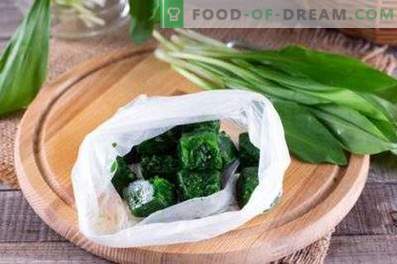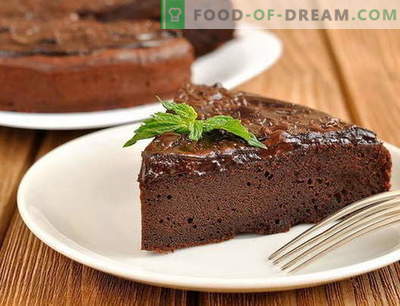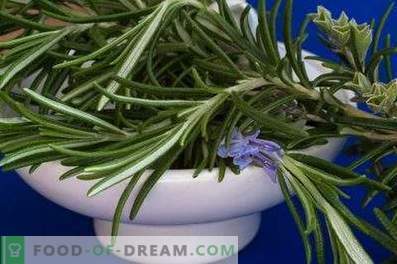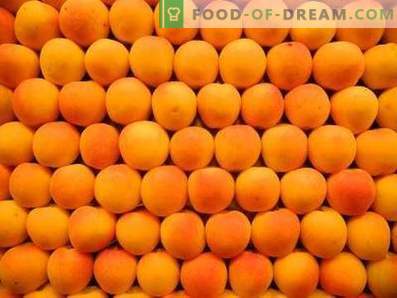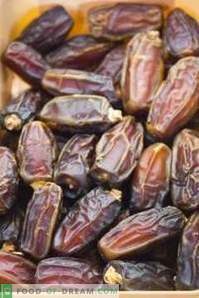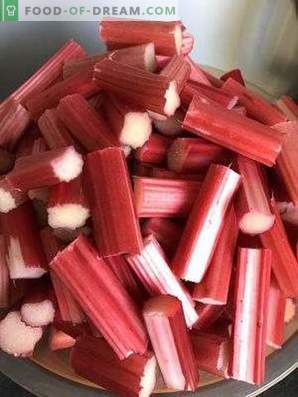
Rhubarb refers to a genus of herbaceous plants. In nature, there are more than twenty of its species. To garden crops belong only some of them.
Rhubarb is eaten as a vegetable. Edible is its stem, and the leaves and roots are better not to try - they are considered poisonous, because they are full of oxalic acid.
The plant feels good in different climatic zones and with the right care gives a good harvest. There are proven ways to save it.
Keep the rhubarb in the fridge
Rhubarb after removal from the garden quickly fade. At room temperature, it will not last a day. Fresh rhubarb reasonably quickly pack and send in the refrigerator.
But for more than 3 days it will not even lie in it - it will start to wither. To extend the shelf life of the nutritional product, you should resort to a proven method - freezing.
This process affects the texture of rhubarb, but if done correctly, such a change will not be problematic.
Preparation of rhubarb for long-term storage
Before stocking up with a useful product for many months, you need to do a little preparatory work.
First of all, you need to select rhubarb only fresh and high quality. The following criteria apply:
- consider the stems: they must be tight and brittle;
- The color of ripe rhubarb depends on its variety. But he can not be faded;
- the number of fibers is minimal;
- stem thickness is average.
Rhubarb should be emptied of leaves, basal parts and washed in cool running water.
Remove the peel will help a sharp knife. They need to hook the shell from one edge and pull along the entire length of the stem.
Before freezing, rhubarb can be planted. This will contribute to the fact that the vegetable retains its shape and color. Revenue enough to soak in boiling water for one minute, and then take an ice bath. But blanching is not necessary.
How to store rhubarb in the freezer
Rhubarb is frozen raw with and without skin. If you plan to use a vegetable for cooking compotes, then the shell can be left. Peanut-free rhubarb is used for pies and first courses.
Simple freezing
The most unsophisticated - the usual freeze without adding other ingredients. It is done like this:
- Cut the prepared vegetable into small sticks.
- Spread out on a flat surface and send to the freezer for an hour or two. Pieces of rhubarb slightly bloated, which will protect them from sticking together.
- Packed vegetables in bags or containers. No need to fill the container to the top. It is advisable to leave 2-3 cm of empty space. The air from the bags should be squeezed out to the maximum.
- Send for long-term storage in the freezer.
In frozen form, raw rhubarb is stored for up to six months.
Sugar freeze
For such a freeze, you will need about eight tablespoons of sugar per kilogram of rhubarb:
- Cut the vegetable into centimeter pieces.
- We load it in layers into a container.
- Each layer is poured with sugar.
- Close the container and put in storage in the freezer.
Rhubarb, frozen in sugar, will remain in excellent condition for at least 10 months. For cooking soups it should not be used, and in baking and compotes it is in the very time.
Freezing of rhubarb in syrup
Syrup, in which rhubarb will be frozen, is prepared in a 2: 1 ratio, that is, one kilogram of sugar is needed for two liters of water.
After preparing a sweet solution, it must be cooled. The technology involves the use of chilled syrup.
Rhubarb is frozen in the following sequence:
- Cover the inside of the container with a film.
- Spread the rhubarb and level on top.
- Pour the syrup and put in the freezer.
- The next day, unload the container and remove the rhubarb, which turned into a sweet bar.
- Wrap it with cling film and put it back in the freezer.
The rhubarb frozen in syrup will last well until mid-spring.
Rhubarb is a nourishing plant that is not yet very popular in our kitchen. But if you try dishes cooked with it, you will probably want to make a stock of vegetables, the taste of which is distinguished by its particular sourness.

